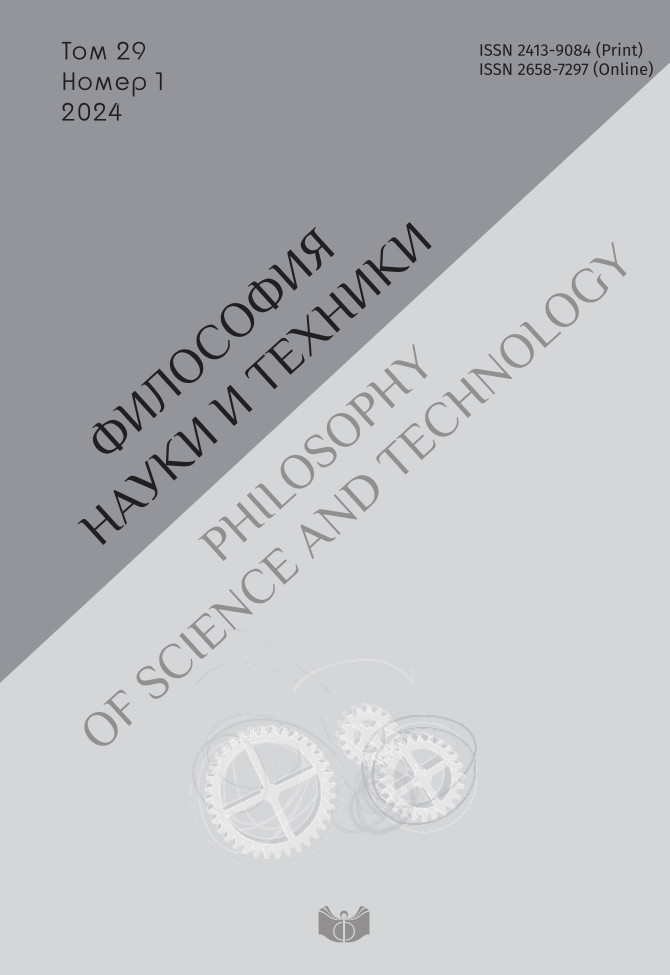Evolutionary, cognitive and semiotic foundations of learning in virtual reality
DOI:
https://doi.org/10.21146/2413-9084-2024-29-1-112-122Keywords:
virtual reality, augmented reality, representational realism, developmental niches, semiotic scaffolding, extended mind, distributed cognition, interface theory of perceptionAbstract
The article addresses the classical epistemological debate on direct and indirect realism from educational perspectives relating to the studies of Virtual Reality (VR) and Augmented Reality (AR). Recently, D. Hoffman introduced the Interface Theory of Perception stating that senses and thoughts mediate and represent reality similar to interface of computer representing hidden process in a computer. Hoffman goes further and compares the nature of cognition with production of virtual reality. Studies of VR partly confirmed such statements. For instance, due to an interaction of our mind with computer-generated objects (signs), movement and acceleration in VR during a virtual free fall from a parachute experienced as real. By using the Interface Theory of Perception and semiotic theory, the paper examines how the signs and interactions in VR scenarios can replace/construct studied realities and be used for learning. It is argued that VR allows building for learners ‘developmental niches’ to experience and acquire new skills or conceptual knowledge. Overlays or signs augmented on these VR environments give ‘semiotic scaffolding’ for learners who re-construct studied social realities or receive instructions for the acquisition of professional skills. These results were investigated in three types of VR environments with different degrees of semiotic scaffolding and evaluated by experts in cultural education. It is shown that VR provides learning environments similar to the real world and provided semiotic scaffolding reduced the cognitive loads in these developmental niches. VR environments for professional learning as well as for general education can benefit from using semiotic scaffoldings in virtual apprenticeship and professional instruction. Augmented Reality could also scaffold and speed-up scientific discoveries through the effective integration of researchers into the ‘collective memory’ (global databases) and technically scaffolded processes of recognition.











